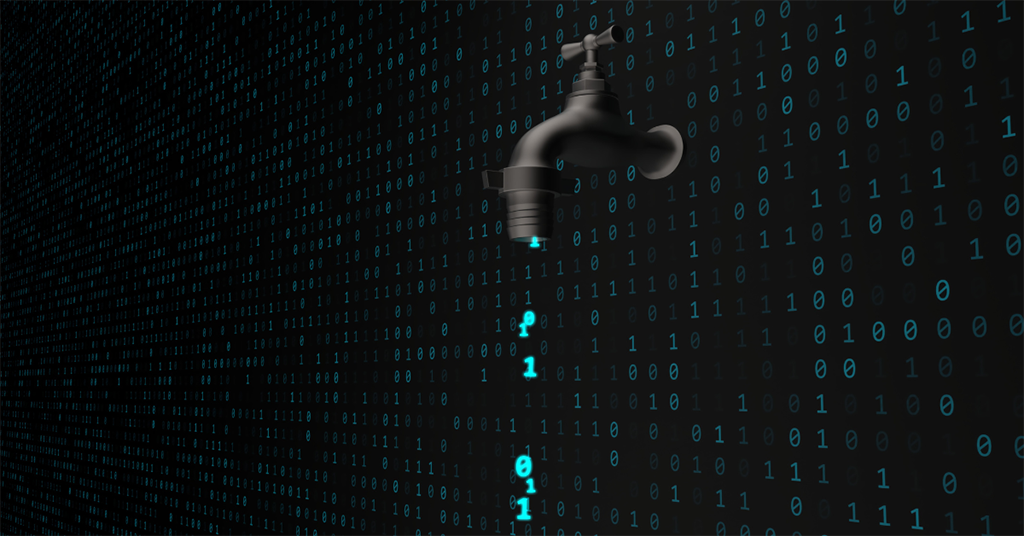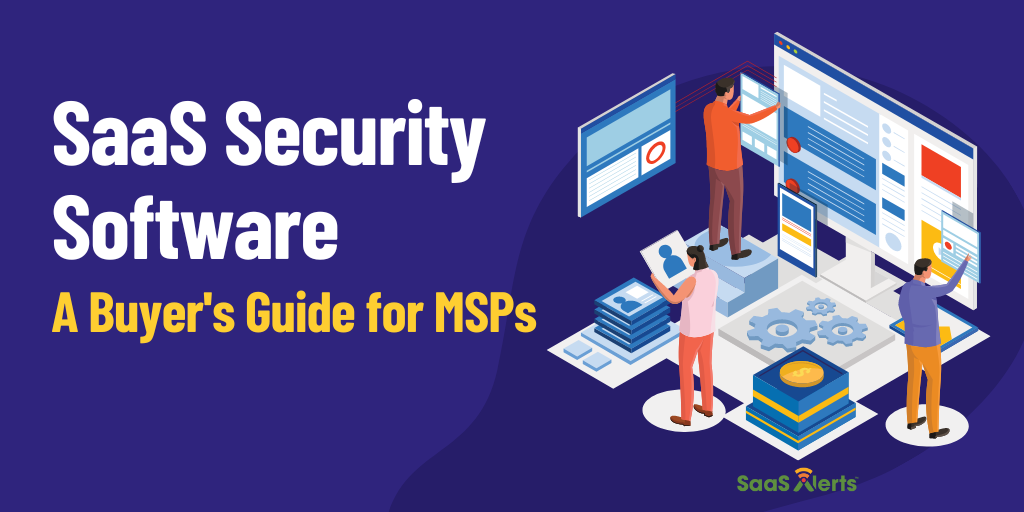How MSPs Can Ensure Slack Security for Clients
Slack is the preferred communication, collaboration and file sharing hub for teams in more than 150 countries. The number of Slack’s monthly active users is expected to reach 79 million by 2025, per Statista.
While the user-friendly interface and versatile app integrations of Slack make it a fan favorite, over time, the platform becomes a repository of sensitive data. Users often share a wealth of information, from project details to business strategies and account credentials, in both public and private channels.
Slack’s searchable nature makes this sensitive information easily accessible, posing potential risks to your clients’ security and data confidentiality.
Let’s look at the top Slack security threats and best practices that MSPs should know.
Common Slack Security Concerns
The key threats to Slack data security include:
1. Phishing Attacks
The “open communities” feature in Slack makes it easy for large groups to communicate, but it also opens the door to social engineering attacks like phishing. Attackers can leverage deceptive messages, links or file attachments within seemingly secure channels. With channels open to anyone through invites and a username being the only verification, Slack security awareness is essential for MSPs and their clients.
2. Public File Links
Paid Slack users can create a public link to all the files shared on the platform. This public link essentially makes that file accessible to any unauthorized user on the internet, increasing the risk of sensitive or confidential information falling into the wrong hands. While this is a default setting in Slack, the workspace owner or admin can turn it off.
3. Insider Threats
The elevated privileges of Slack owners and admins are a major insider threat. Their accounts have access to a wide range of data and settings. If malicious actors get access to their accounts, it could result in the exposure of confidential conversations and files. One insider threat incident has the potential to cost a whopping $15.38 million.
Unauthorized access to administrative controls may also lead to unapproved changes to the workspace’s configuration.
Malicious Integrations and Third-Party Apps
Slack’s ecosystem allows team members to integrate third-party apps such as project management tools, document-sharing platforms or survey applications to enhance functionality. However, granting excessive permissions to these apps creates more Slack security concerns. For instance, apps with permission to view or post information may not only gain access to sensitive data but also edit, modify and delete it.
Slack Security Best Practices for MSPs
While Slack encryption protects customer data for messages at rest and during transmissions, it doesn’t entirely solve the problem of data loss because the encryption is not end-to-end. Unauthorized individuals can still intercept data transmitted between users and Slack servers.
That’s why MSPs should also follow these top five Slack security best practices:
1. Automate User Management
This approach streamlines the swift and consistent provisioning and de-provisioning of Slack accounts. For example, when an employee leaves the organization, automated user management deactivates or removes these stale accounts, reducing the security risk of unauthorized access.
Slack user management provides real-time updates to user accounts, reflecting changes in roles, permissions or access levels. This responsiveness helps MSPs make Slack secure, especially in rapidly changing organizational structures or project teams.
2. Implement Two-Factor Authentication (2FA)
2FA is a crucial Slack security practice that adds extra security beyond just usernames and passwords. It requires users to take additional steps after entering their password, for example verifying their identity via SMS or with a hardware token.
Slack offers the option to enable 2FA via text messages or authentication apps. If your client has a paid plan, the workspace owners and admins can restrict 2FA to only authorized apps for additional security. You can also implement a single sign-on (SSO) solution to set up 2FA directly through the identity provider.
3. Pre-Approved Domains
The primary function of domain pre-approval is to restrict access to the Slack account based on the network from which the traffic originates. Only users with email addresses from approved domains are granted access, enhancing network-based access control.
4. Use Threat Detection and Monitoring Tools
Deploy a threat detection tool to monitor user activities, analyze logs and detect patterns indicative of security threats. You can configure the tool to monitor key parameters within Slack, such as multiple failed login attempts, unusual login hours or unauthorized access to sensitive channels. These identify indicators of compromise (IOC) that require investigation.
You can also set up customized alerts based on specific security criteria such as the creation of public channels or changes in user roles.
5. Set Session Durations
Establish session timeout policies that automatically log users out of Slack after a defined period of inactivity. This practice helps prevent unauthorized access in case someone leaves their session unattended. However, these session durations should consider user convenience and not cause unnecessary disruptions to productivity.
Improve Slack Data Security with SaaS Alerts
SaaS Alerts provides MSPs with centralized monitoring, alerting and reporting capabilities for various SaaS applications, including Slack. Leveraging SaaS Alerts monitoring for Slack helps MSPs and their customers maintain awareness to ensure that users have appropriate usage habits that don’t present additional security risks.
Our SaaS security platform offers continuous threat detection, allowing MSPs to quickly identify and respond to potential security incidents within Slack.
Finally, you can configure alerts based on specific security criteria to reduce alert fatigue and only receive notifications for events that matter most. With our reporting capabilities, you gain an understanding of potential new threats, allowing for proactive adjustments to Slack security measures.
Start your free trial to see SaaS Alerts in action.






